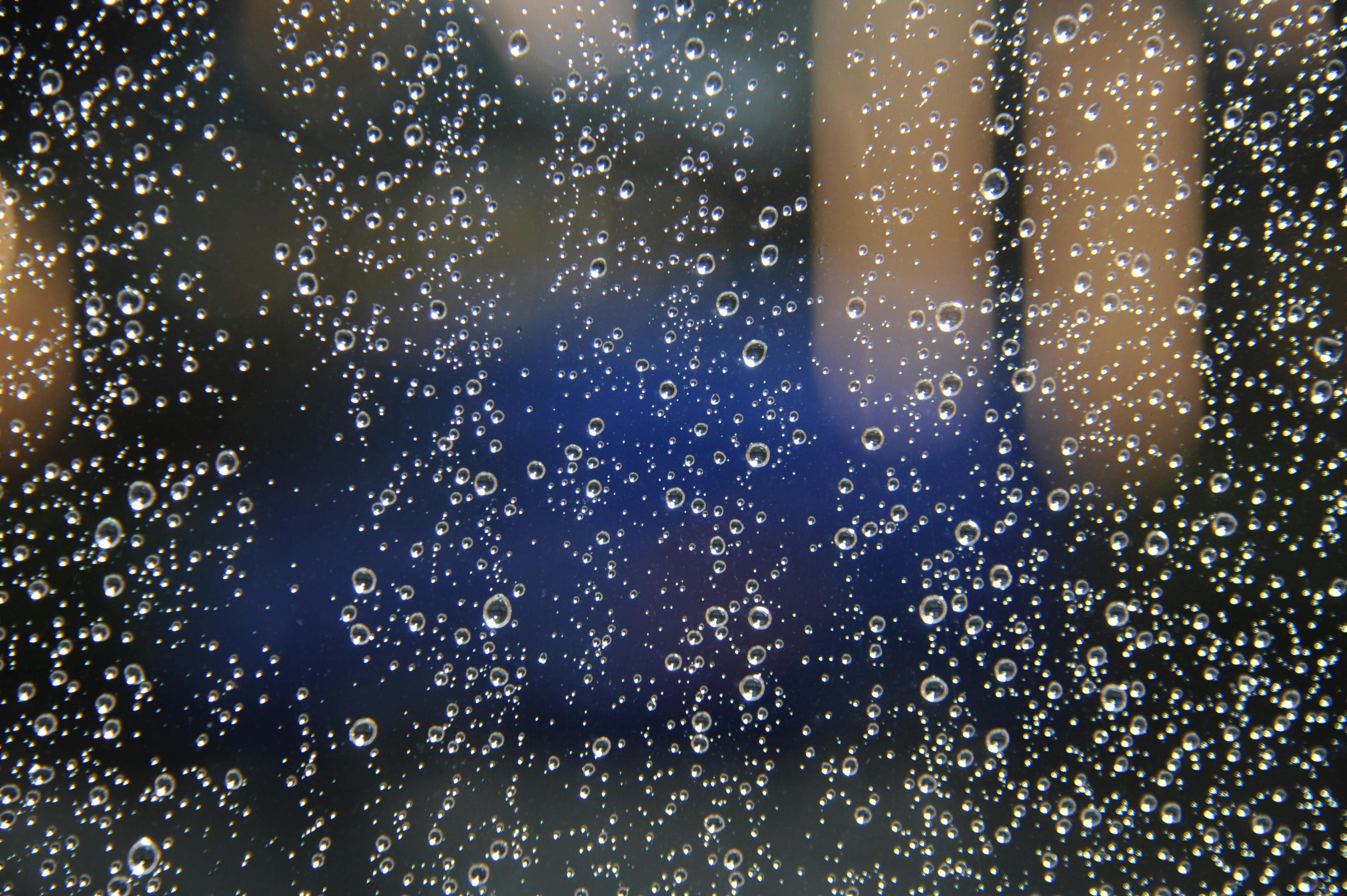From Champagne to molten glass: The journey of a bubble

When a bottle of champagne is opened, bubbles burst to life in a dazzling display of physics at play. In volcanic magma, similar processes determine the explosive power of an eruption. And in industrial glass furnaces, they silently dictate the quality and strength of the final product.
This fascinating parallel was at the heart of Franck Pigeonneau’s talk, “Birth, Life and Death of Bubbles in High Viscous Glass-Forming Liquid”, presented on September 19 2025 at DotBlocks.
Understanding bubbles in molten glass
In his talk, Pigeonneau dissected the complete lifecycle of bubbles within a molten glass bath: from nucleation (“birth”) to growth and interaction (“life”) and finally to drainage and disappearance (“death”).
“Industrially, melting of 100 % of recycled glass needs high temperature to remove bubbles”
emphasizes Pigeonneau, highlighting the balance between sustainability goals and manufacturing quality.
Birth: Where do bubbles come from?
The first part occurs during the heating of raw materials. Surface nucleation and air entrapment within granular mixtures of silica and recycled glass (cullet) create tiny gas pockets.
Using high-temperature observation furnaces, Pigeonneau and collaborators visualized bubble formation, showing that chemical reactions involving iron oxides (Fe³⁺/Fe²⁺) promote nucleation on certain surfaces.
A striking result emerged from statistical analysis: the spatial distribution of nucleation sites follows a Gamma distribution, but deviations indicate early-stage coalescence: bubbles merging into larger ones. This dynamic controls the initial size distribution crucial for later evolution.
Life: Growth, mass transfer, and redox reactions
Once formed, bubbles rise and exchange gases with the surrounding molten glass. The process is far from trivial.
At high temperatures (≈ 1400 °C), diffusion and advection interact, and the Sherwood number, a key dimensionless quantity, links chemical kinetics to bubble transport.
“Mass transfer is strongly driven by advection. Interface mobility and redox reactions are crucial,”
concludes Pigeonneau, summarizing years of coupled modeling and laboratory validation.
Death: The final drainage
When bubbles approach the molten surface, a delicate film of viscous liquid separates them from the air. Its slow drainage determines whether the bubble bursts or stabilizes a layer of foam.
Through high-precision experiments and simulations, Pigeonneau et al. demonstrated that the thinning rate of this film scales with the Bond number, which depends on bubble size and surface tension contrast. Larger bubbles drain faster but also destabilize more easily, affecting energy efficiency and emissions in glass furnaces.
Industrial and environmental impact
Beyond academic curiosity, this research has tangible implications. Understanding bubble behavior helps optimize the fining stage (bubble removal) and supports the transition toward fully recycled glass production without quality loss.
By coupling experimental observation with refined modeling, Pigeonneau’s team provides industry with predictive tools to control defects and energy costs—an essential step toward sustainable glassmaking.
Reference
- Boloré, Damien, and Franck Pigeonneau. "Spatial distribution of nucleated bubbles in molten glasses undergoing coalescence and growth." Journal of the American Ceramic Society 101.5 (2018): 1892-1905.
- Hornyak, Emery J., and Michael C. Weinberg. "Velocity of a freely rising gas bubble in a soda‐lime silicate glass melt." Journal of the American Ceramic Society 67.11 (1984): c244-c246.
- Pigeonneau, Franck. "Mass transfer of a rising bubble in molten glass with instantaneous oxidation–reduction reaction." Chemical Engineering Science 64.13 (2009): 3120-3129.
- Pigeonneau, Franck. "Mechanism of mass transfer between a bubble initially composed of oxygen and molten glass." International Journal of Heat and Mass Transfer 54.7-8 (2011): 1448-1455.
- de Paula Pereira, Luiz. Mechanisms of oxygen bubble formation in a glass melt in the nuclear waste vitrification context. Diss. Université Paris sciences et lettres, 2020.